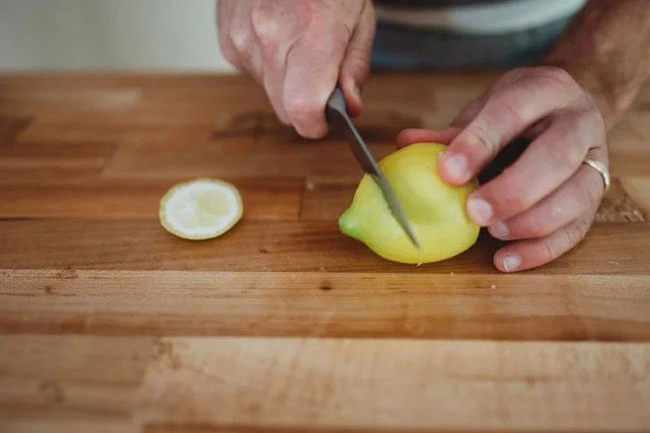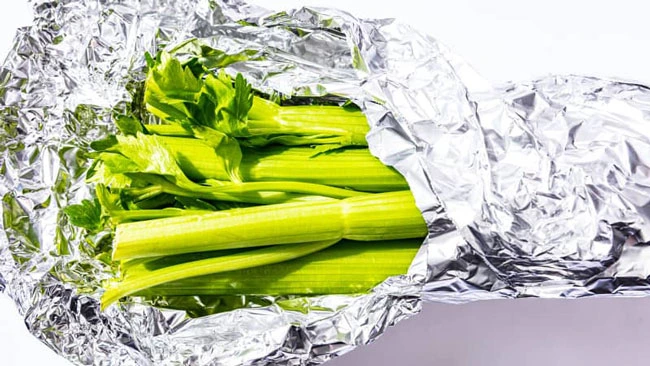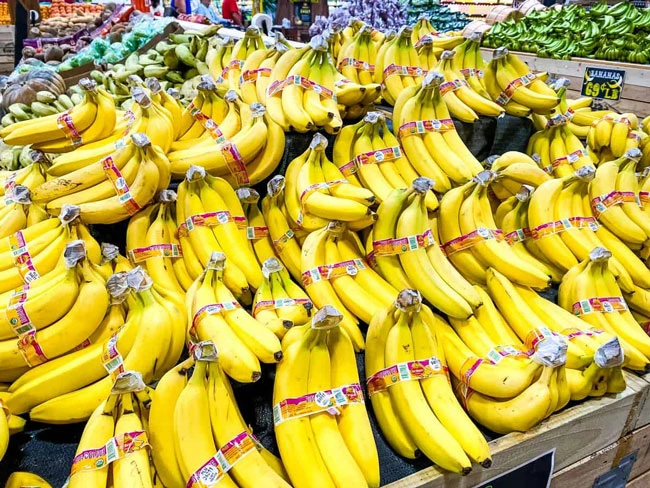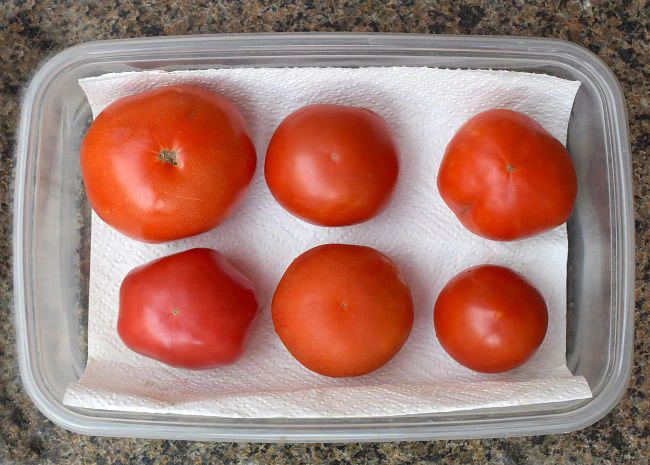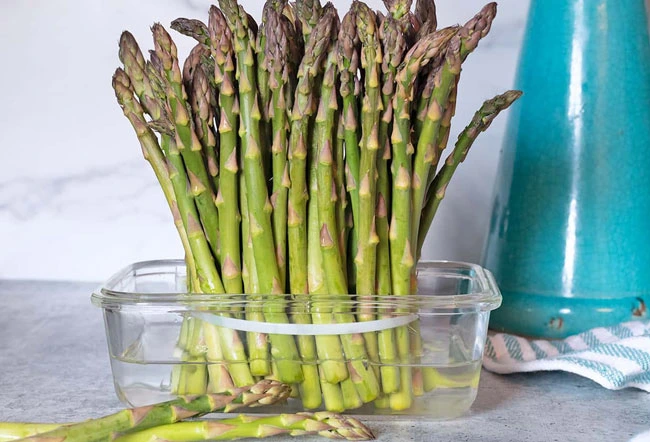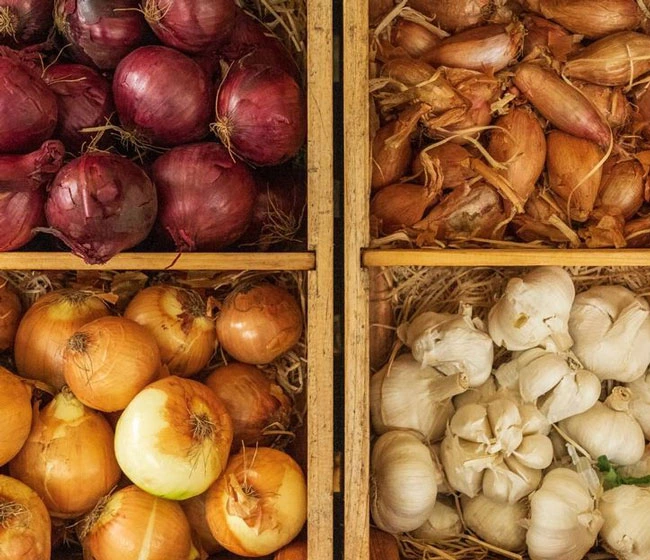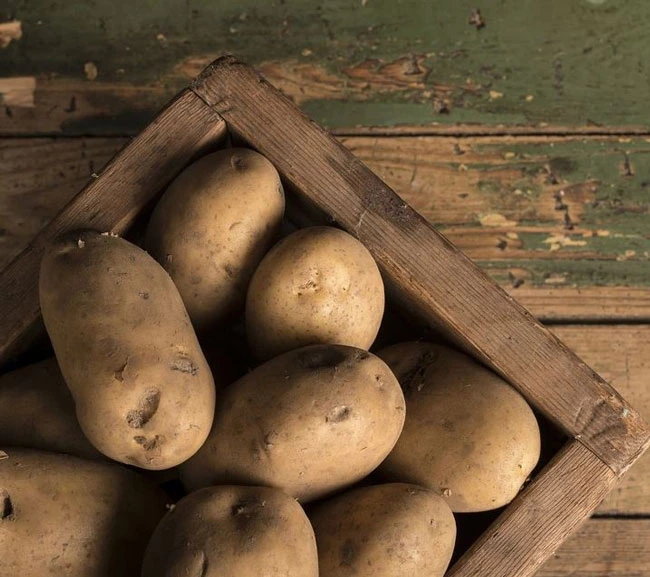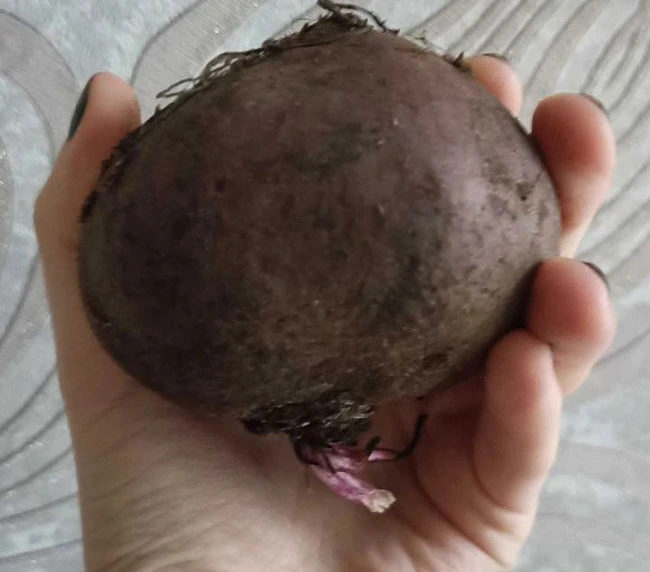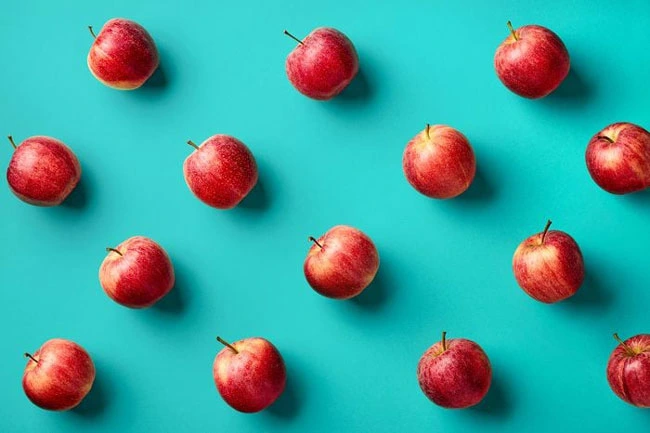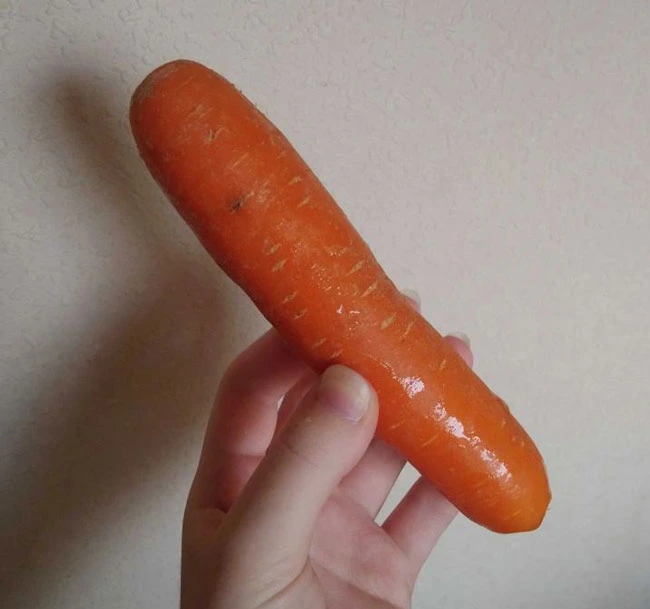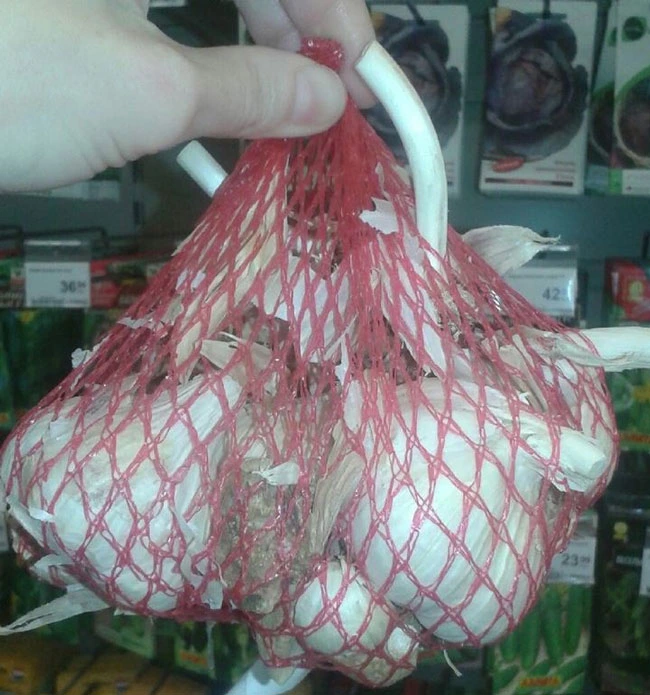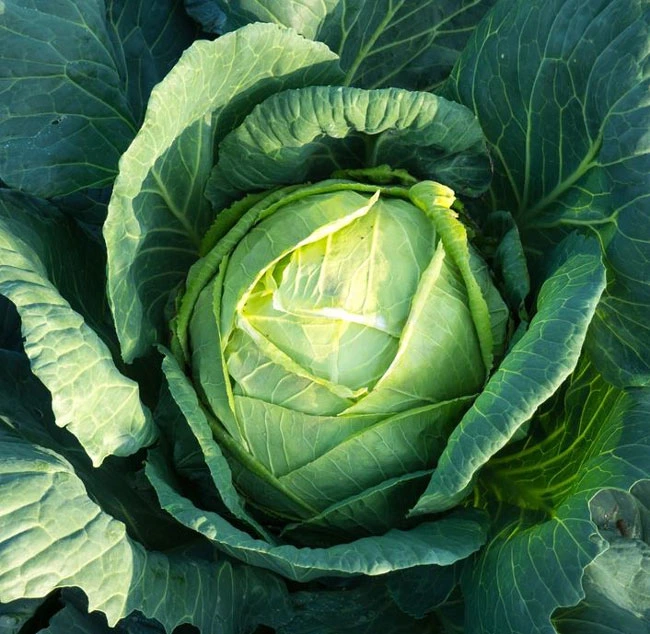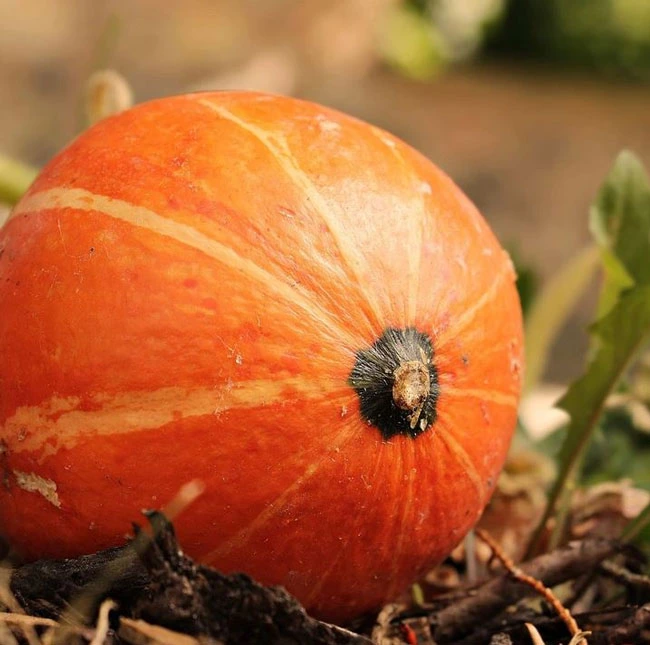
How to Keep Fruits and Vegetables Fresh – We all know that fruits and vegetables are essential for our health and well-being. However, keeping them fresh can be a challenge, especially if you buy them in bulk or grow them in your own garden. If you’re tired of throwing away spoiled produce, don’t worry! In this post, we’ll share some tips and tricks on how to keep your fruits and vegetables fresh for longer.
1. Lemons: Avoid cutting in half
When you only need a splash of lemon juice for your recipe or drink, give your lemon a small puncture with a fork or skewer rather than slicing it in half. This nifty trick lets you squeeze out just the right amount and keeps the rest of the lemon from drying out.
2. Celery: Wrap in aluminum foil
Swap that plastic bag for some aluminum foil when storing celery. The foil is a fantastic partner as it allows the ripening gas ethylene to escape, preventing moisture loss and spoilage from happening too quickly.
3. Bananas: Wrap stems with plastic wrap
Once again, ethylene gas is the troublemaker, but fear not! Simply separate each banana from the bunch and wrap each individual stem in plastic wrap to halt the gas’s spread. If your bananas are already too ripe, just peel them and pop them in the freezer for a quick and easy smoothie ingredient.
4. Tomatoes: Keep out of the fridge and stem side down
Tomatoes aren’t fans of the cold, so keeping them in the fridge will cause them to lose their delicious flavor and perfect texture. Instead, let them enjoy some time on your counter, and if they’re separated from their stem, make sure to place them stem-side down. This part of the tomato takes a little longer to ripen completely.
5. Asparagus: Store upright in a cup of water
Asparagus can sometimes dry out before you have a chance to cook it, but don’t worry, there’s a clever trick to keep it fresh and ready for your favorite dishes! Just like arranging a bouquet of flowers, stand the asparagus upright in a cup or bowl with the cut ends submerged in water. Pop it in the fridge and cover the tops with a plastic bag to keep everything nice and moist.
6. Onions
A fun and old-fashioned way to store onions is by using tights! Nylon works great because it allows air circulation, which is exactly what onions need to stay fresh. Just be sure not to store them next to potatoes, as potatoes emit moisture that can cause onions to spoil. If you’re not a fan of tights in your kitchen, a pretty basket is a lovely alternative.
7. Potatoes
To keep your potatoes fresh and delicious, they need a cool, dark environment. One trick is to store them with rowan leaves, which release phytoncides that help protect potatoes from decaying. Remember to keep onions and apples away from your potatoes, as they emit gases that can damage them.
8. Beetroot
Surprisingly, beetroot makes the perfect storage buddy for potatoes! It absorbs extra moisture and becomes even more resilient in the process. Simply place your beetroots on top of your potatoes for a harmonious storage solution.
9. Apples
To keep your Apples fresh, you can keep them in cool, dark places like a cozy cellar, ideally between 32 °F and 44 °F. A double cardboard box in your hallway can also be a lovely home for your apples, just remember to give them some air with a few carefully placed ventilation holes.
Don’t forget about your balcony, it can be a great storage spot too! Apples can stay fresh for 2-4 months in the cold, and even up to 6 months in warmer conditions. To keep them in tip-top shape, wrap each apple in paper and nestle them in a box.
For an extra layer of protection, you can either gently rub each apple with glycerin or give them a bath in a mild potassium permanganate solution.
10. Carrot
To keep your Carrots fresh, you can keep them with materials like sand, onion peels, or even sawdust. These moisture-absorbing buddies help keep the carrots from touching each other and promote freshness. A cool cellar at 32 °F-35 °F is a perfect spot, but your apartment will work just fine for a couple of months too.
Here’s a handy little trick for speedy soup and stew prep: peel and grind your carrots, then wrap them snugly in plastic wrap. Keep these pre-prepared carrot bundles in your freezer for a quick and easy addition to your favorite dishes.
BONUS
11. Garlic
Storing garlic is a breeze! All it needs is some air, darkness, and a place that isn’t too damp. You’ll often see it hanging in kitchens or stored in nets. Another option is to place them in shallow boxes that are at least 6 inches deep, just make sure there’s proper ventilation with some holes.
12. Cabbage
Keeping cabbage fresh at home can be a bit tricky, but not impossible. The ideal temperature is between 32 °F and 35 °F. Simply peel the cabbage and wrap it in paper or plastic wrap – three layers should do the trick. It’s important to ensure the cabbages don’t touch each other and to check them regularly to avoid any rotting.
13. Pumpkin
Did you know pumpkins can be stored under your bed if the temperature stays below 68 °F? Another great spot is a warm balcony, as long as it never gets colder than 37 °F. Place your pumpkins on wood or cardboard and cover them with newspapers. Just remember to keep pumpkins from touching each other, and cozy them up with a warm blanket.
14. Berries: Rinse with vinegar
Before placing your strawberries, raspberries, and other delightful berries in the fridge, give them a friendly wash using a mixture of vinegar and water (about a 1:3 ratio). This helps to protect them against mold, potentially extending their shelf life by weeks! Afterward, simply rinse them with water and allow them to dry thoroughly.
So, how do you store your fruits and vegetables?

